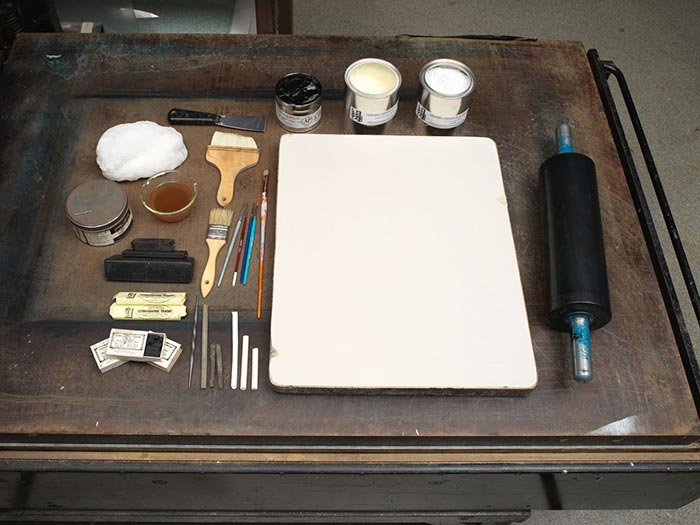The Great Race on the Mississippi from New Orleans to St. Louis 1210 Miles
Publisher Currier & Ives American
Not on view
Ranked among the most celebrated of American boat race prints is this one showing the Robert E. Lee and the Natchez, both shown with fiery smoke billowing from their smokestacks. Both boats left the docks of New Orleans on June 30, 1870 to prove which was the fastest steamboat on the Mississippi River. The Robert E. Lee ultimately won the race by arriving in St. Louis with a then-staggeringly fast time of three days, eighteen hours and thirty minutes. To make it to St. Louis in less than four days ensured that the fastest steamboats would get the valuable business of delivering major cargo and passengers upriver and downriver, an important feat in transportation history when railroads were also competing to take over the transport of goods and travellers.
Thanks to American and European newspapers promoting this steamboat race, and the intense rivalry between the two captains, the event was closely followed by curious spectators and reporters along the route, as well as by multitudes near and far who wagered large sums on the outcome. As the print’s imprinted inscriptions indicate, Captain John W. Cannon navigated the leading steamer Robert E. Lee, while Captain Thomas P. Leathers piloted the Natchez; the times that both boats arrived at intermediate towns and the final destination are also noted in the bottom margin. While Captain Leathers was notorious for doing whatever it took to win a steamboat race, it was actually Captain Cannon who used various ruses to ensure that his boat would win: Cannon stripped his boat of all excess weight and took only a few passengers to make his boat lighter and thus faster; and he staged refueling barges along the way to avoid docking stops to refuel, thereby saving considerable time. Later in the race, when a night fog descended on both boats, Leathers decided to dock his boat so as not to risk the safety of his passengers, crew and boat, while Cannon ignored the danger of poor visibility and continued to cruise upriver. The Natchez lost the race because of the fog which caused a more than six hours delay.
Nathaniel Currier, whose successful New York-based lithography firm began in 1835, produced thousands of hand-colored prints in various sizes that together create a vivid panorama of mid-to-late nineteenth century American life and its history. People eagerly acquired such lithographs featuring picturesque scenery, rural and city views, railroads, portraits, hunting and fishing scenes, domestic life and numerous other subjects, as an inexpensive way to decorate their homes or business establishments. As the firm expanded, Nathaniel recruited his younger brother Charles to help. In 1857, James Merritt Ives (the firm's accountant since 1852 and Charles's brother-in-law) was made a business partner; subsequently renamed Currier & Ives, the firm continued until 1907. Nathaniel Currier, and later Currier & Ives, published more than 150 lithographs depicting steamboats or medium-sized packet boats that navigated the nation’s rivers.

